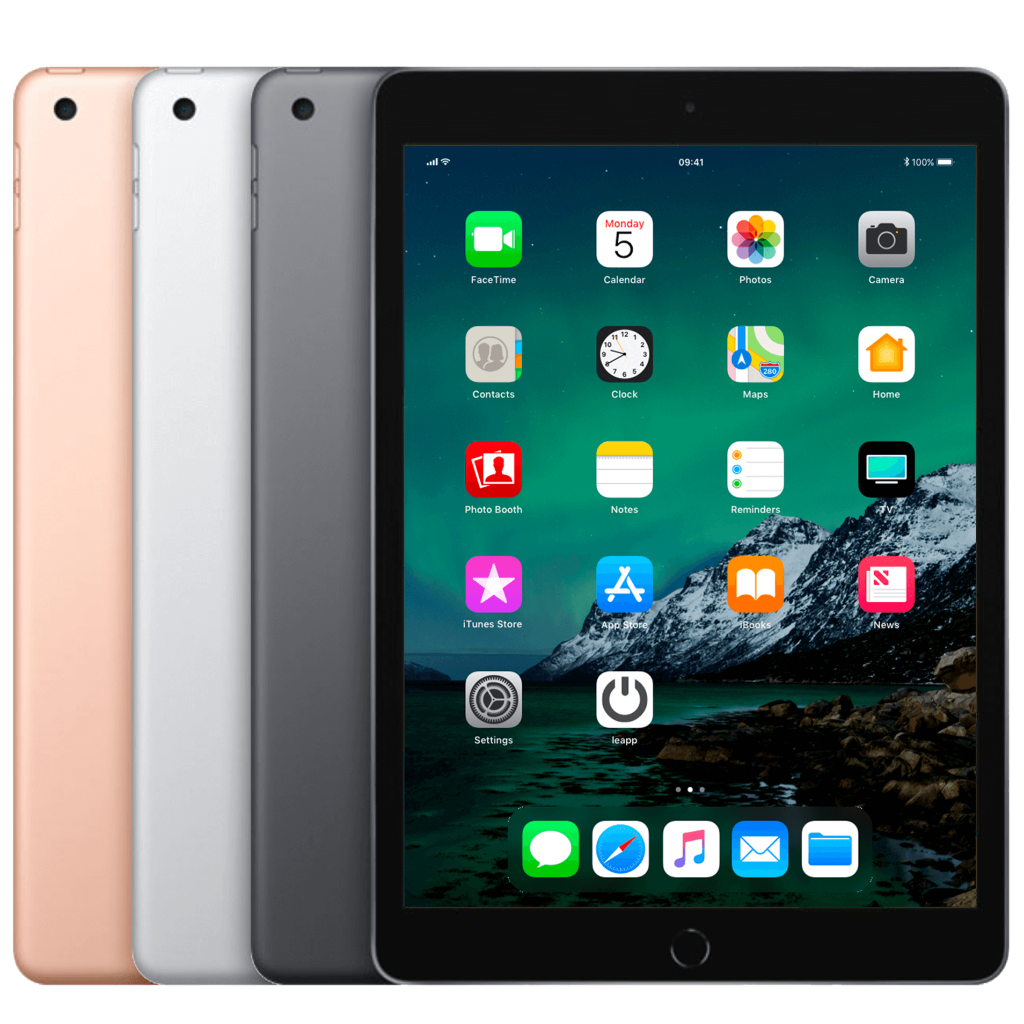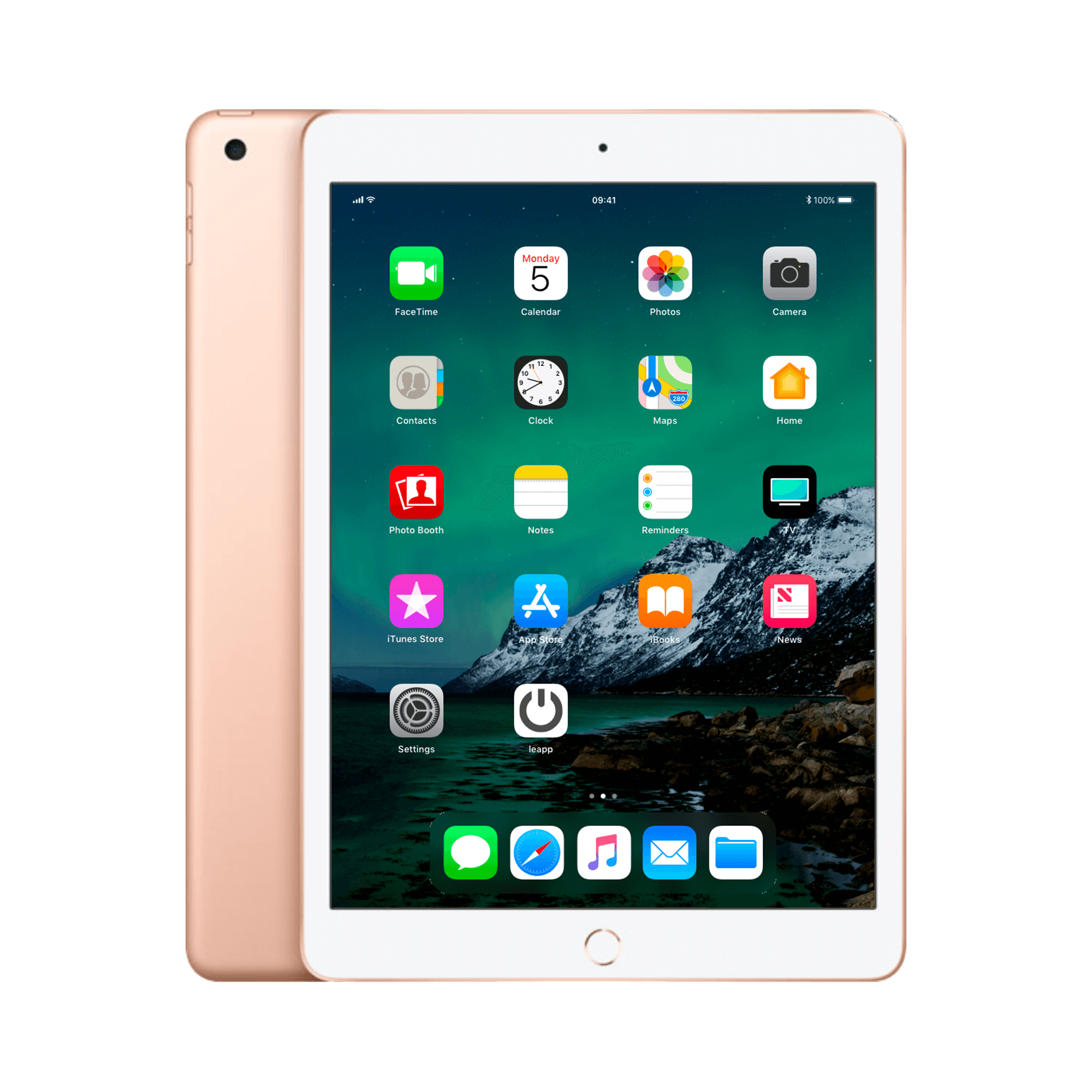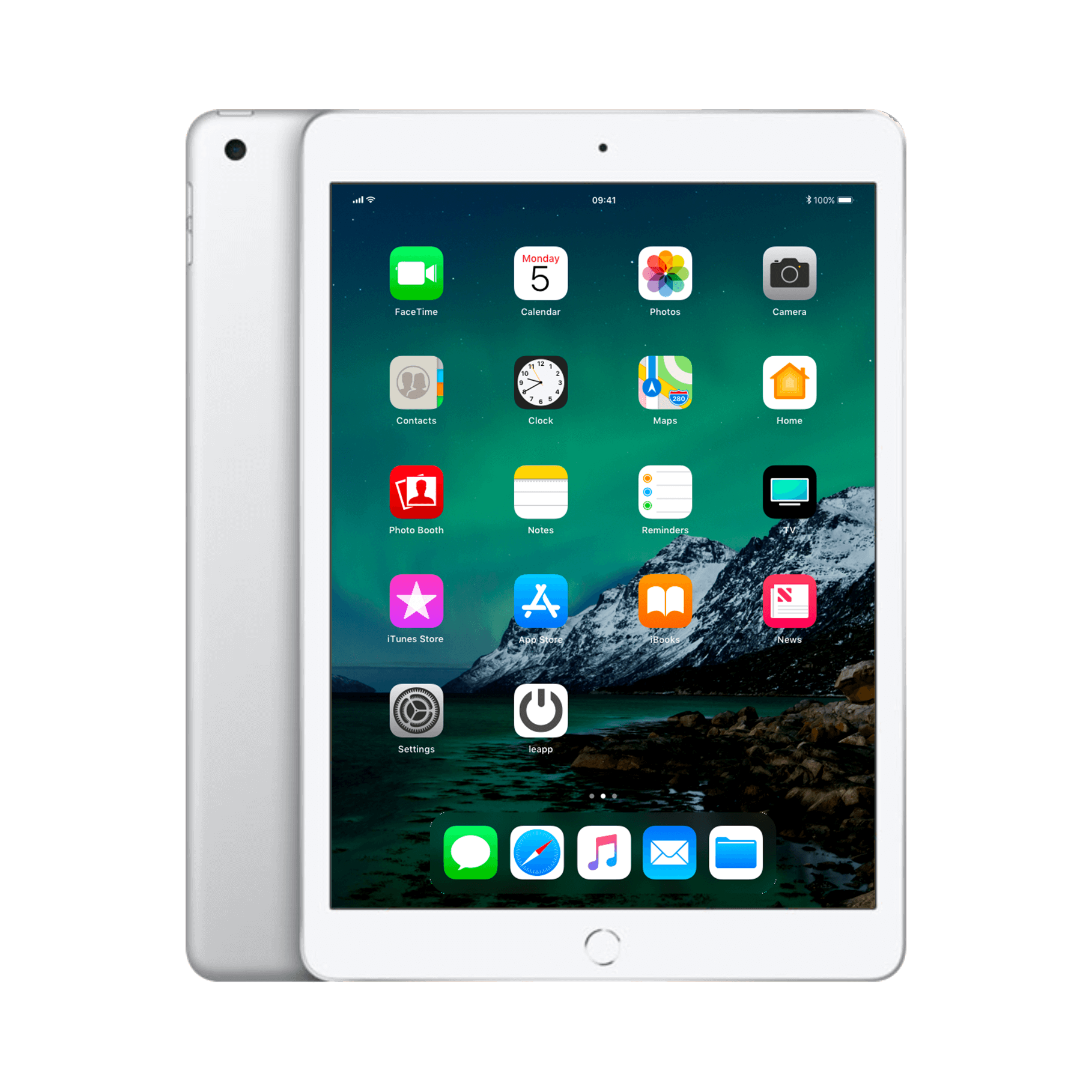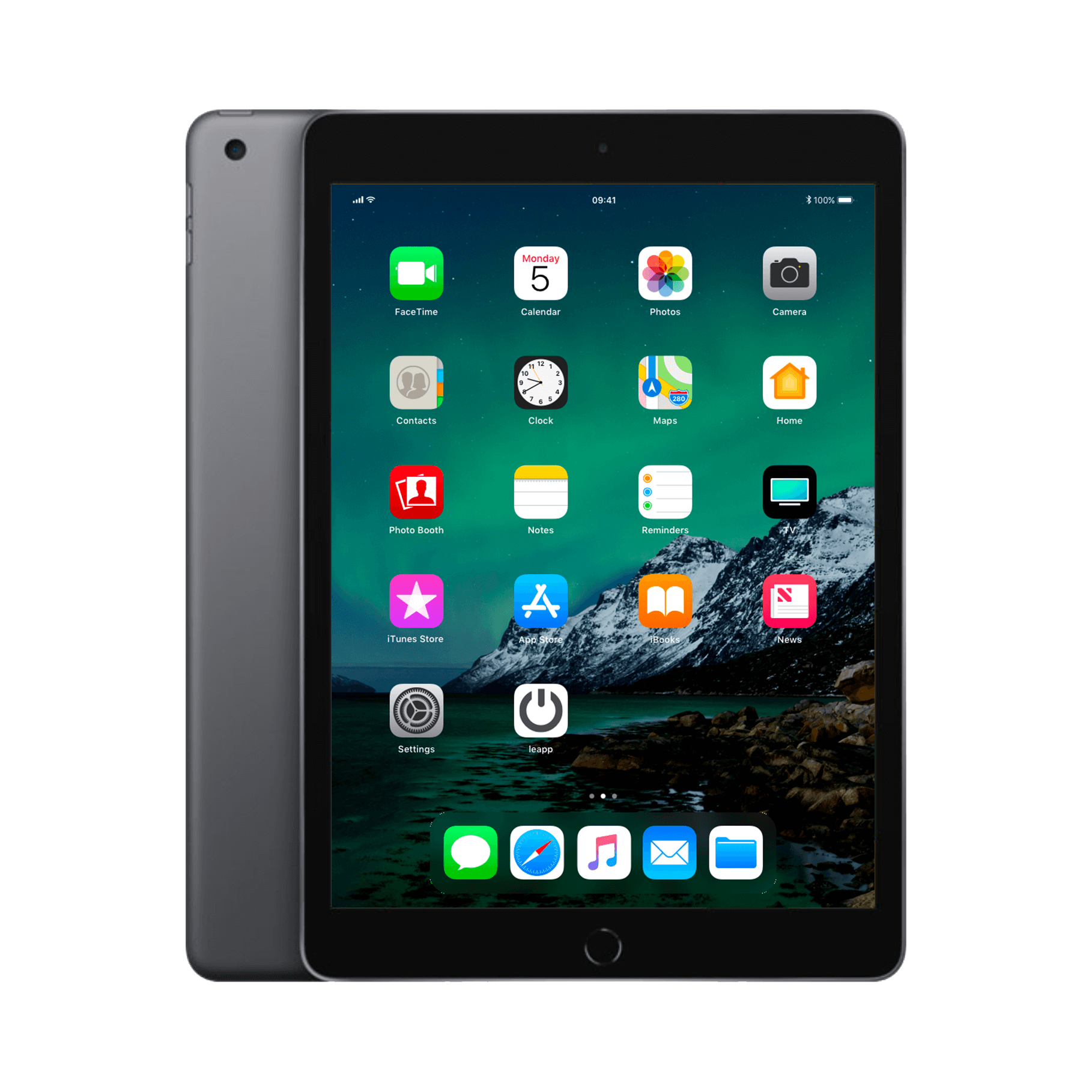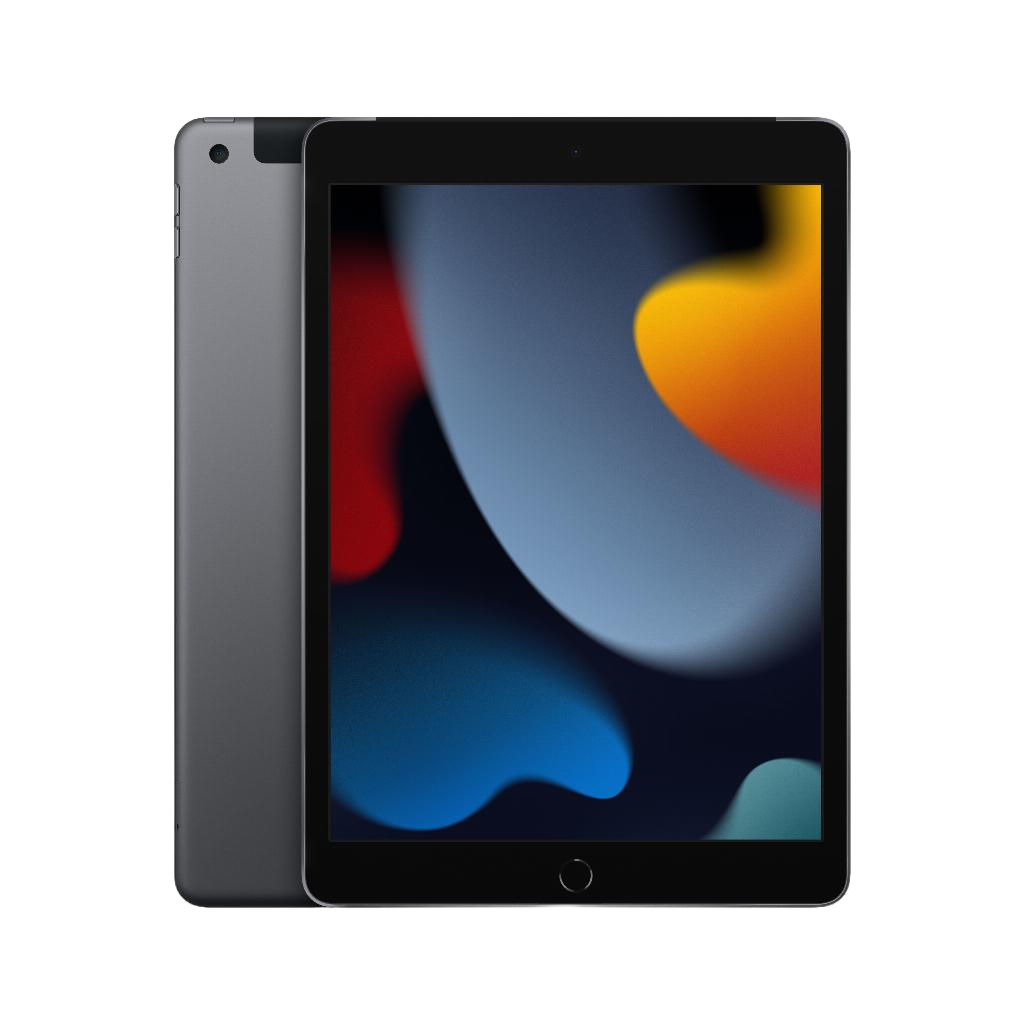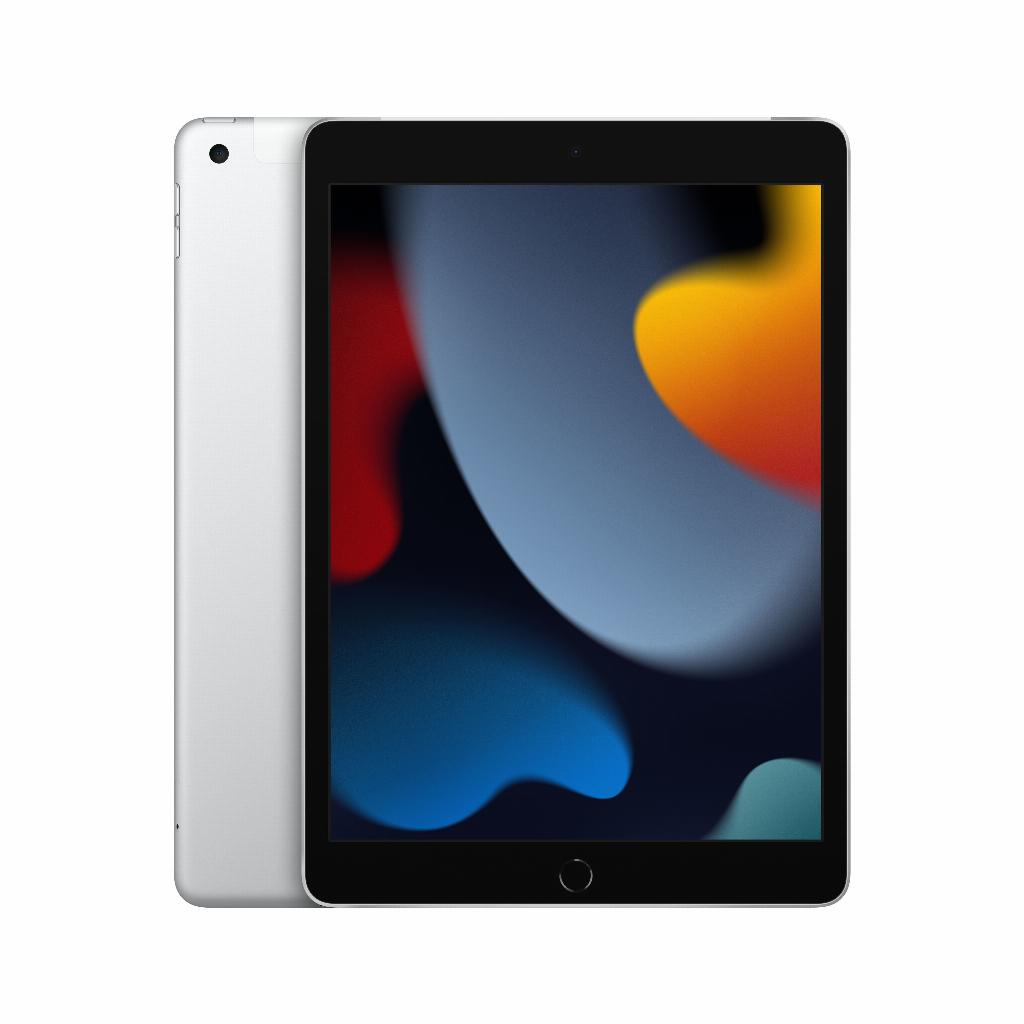The processor determines the speed of your iPad
Your new iPad is blazing fast. Or not. The difference lies in one component: the processor. With refurbished iPads, the price difference isn't often immediately reflected, even though the chip generation determines the device's lifespan. An A10 or an M1? For most users, it sounds like abracadabra.
But here's the thing: the latest chip isn't always the smartest choice. A three-year-old iPad Air with A12 Bionic often runs smoother than a brand-new budget iPad with the same processor. The trick isn't the year on the box, but the letter-number combination Apple doesn't disclose. Which chip is really in your model, and why that difference can save years in usability? We'll unravel that here.
Useful links
The evolution of iPad processors over the years
The processor in your tablet determines more than you think. From the speed at which apps open to how long your device receives software updates—everything depends on that tiny chip. With refurbished models, the difference between generations is often barely noticeable in the price, while a newer processor can mean years of extra enjoyment.
From A4 to M1: what do those codes mean?
Apple uses a logical system for its processors, although it may seem complicated at first glance. The A-series chips are specifically designed for mobile devices. The number indicates the generation—the higher the number, the newer. Letters following the number (such as X or Z) indicate extra powerful versions.
The very first iPad, released in 2010, ran on a 1 GHz A4 chip. Revolutionary at the time, now hopelessly outdated. This processor only supports iOS 5.1.1—modern apps simply won't run on it.
The workhorses: A10 to A12
The A10 Fusion marked a turning point. This quad-core processor debuted in the sixth-generation iPad in 2018 and remained in production until 2019. Tablets with this chip still run smoothly for everyday use: browsing the web, watching Netflix, sending emails. However, for demanding graphics tasks or professional drawing, the model falls short.
The A12 Bionic brought machine learning to the iPad. This hexa-core processor, released in 2019, is in several models: the iPad Air (3rd generation), iPad Mini (5th generation), and the regular iPad (8th generation) from 2020. The difference compared to the A10? About 40% faster performance for general tasks and up to twice as fast for graphics processing. Apps open noticeably faster, and multitasking is smoother.
The powerhouses: A12Z and beyond
The iPad Pro line has always featured the most powerful processors. The eight-core A12Z Bionic arrived in 2020 in the fourth-generation Pro models. This chip achieves desktop-level performance—4K video editing, 3D modeling, it's all possible.
The A14 Bionic in the 2020 iPad Air (4th generation) introduced the 5-nanometer architecture. Smaller means more efficient: better performance with lower power consumption. In practice, you'll notice this in longer battery life and less heat generation during intensive use.
The game changer: Apple M1
In 2021, Apple installed its M1 chip—the same one used in MacBooks—in the iPad Pro. This marked a huge leap forward. The octa-core processor with integrated graphics offers performance that many laptops lack. For professional creatives, this opens up new possibilities: complete music productions, professional photo editing, even app development.
Which processor do you need?
For most users, an A12 Bionic is more than enough. This chip supports all current apps and will continue to do so for years to come. Opting for an older model with an A10 will save you money, but you can expect a maximum of two years of software support.
Students taking notes and reading PDFs will be satisfied with an A10 or A12. Graphic designers and video editors should consider at least an A12Z, preferably an M1. Gamers are best served with an A14 or newer for the best frame rates.
Future-proofing and software updates
A rule of thumb: Apple supports iPads with software updates for about five to six years. A 2019 model with the A12 Bionic will likely receive updates until 2024-2025. Models with the A10 from 2018 are nearing the end of their support.
Note: No software updates don't mean your tablet will stop working. Apps will continue to function for years, but you'll miss out on new features and security updates. This is important for business use or if you store sensitive information.
Practical differences in daily use
The jump from A10 to A12 is most noticeable when opening demanding apps like Photoshop or GarageBand – from three seconds to one second of loading time. Split-screen multitasking is also noticeably smoother. Switching to M1 eliminates any lag, even when editing 4K video.
Battery life varies less than you might expect between generations. Newer chips are more efficient, but also handle more demanding tasks. An iPad with an A10 lasts about ten hours with normal use, just like an M1 model.
Conclusion: choose wisely
The latest processor isn't always necessary. For Netflix, browsing, and reading, a three-year-old chip is perfectly fine. If you plan to use your tablet for five years, choose at least an A12 Bionic. For professional work, investing in an M1 model will pay for itself in time savings and features.
Refurbished models often offer excellent deals on tablets with A12 or A14 processors—the sweet spot between price and performance. Always check which chip is in the device before buying. The model year doesn't tell the whole story: a 2020 iPad with an A12 is technically identical to a 2019 model with the same processor.
The right processor choice for years of enjoyment
The processor in your iPad determines much more than just speed—it's about years of enjoyment and software support. For everyday use like browsing, streaming, and taking notes, a refurbished iPad with the A12 Bionic is the smartest choice. You get modern performance for a fraction of the original price. Need more power for creative work? Then a model with the A14 or M1 will be worth it.
Remember: the production year on the box doesn't tell you much. Check the chip, compare the performance, and choose the model that best suits your needs. This way, you'll get the most out of your investment.


